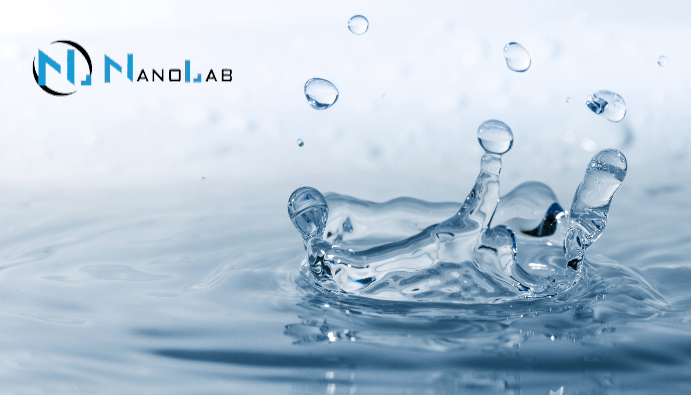EN ISO 19458: Water - Sampling for Microbiological Analysis
Sampling Methods for Microbiological Analysis

EN ISO 19458
EN ISO 19458 is an international standard that regulates accurate and reproducible sampling methods for use in microbiological analysis of water. This standard details both sampling procedures and the handling and preservation of samples to ensure the reliability of microbiological analysis. Applicable for different water sources such as drinking water, surface water, groundwater, treated water and wastewater.
Standard Scope and Purpose
The main objective ofEN ISO 19458is to ensure that water samples are properly taken and preserved for use in microbiological analysis. In this way
- The accuracy of microbiological analysis results is guaranteed.
- Reliable data are obtained to monitor environmental and health risks.
- International harmonization is facilitated by standardizing the sampling process.
Sampling Objectives
This standard regulates sampling for three main purposes:
- Public Health Monitoring: To detect microbiological contamination in drinking water (e.g. E. coli, coliform bacteria).
- Environmental Assessment: Monitoring microbiological parameters in surface and groundwater.
- Waste Water Analysis: Assessment of microbiological load in wastewater discharged from treatment plants.
Main Stages of the Sampling Process
1. Sampling Planning: The objectives of the sampling process are planned depending on the microbiological parameters being analyzed.
- Target Bacteria or Microorganism Type: The microorganisms to be investigated are determined in advance (e.g. pathogenic bacteria, fungi or viruses).
- Sampling Location: Different sources such as drinking water networks, wells, lakes, rivers or treatment plants.
- Frequency and Timing: The frequency of sampling is determined depending on factors such as seasonal changes or intensity of use.
2. Sampling Methods
- Manual Sampling: Small and accessible water sources are sampled with sterile containers.
- Automated Sampling: Used especially in facilities or fluidized environments where continuous monitoring is required.
Things to consider when sampling:
- Use sterile bottles.
- Avoid cross-contamination when uncapping bottles.
- Cleaning and disinfection of sampling points (e.g. when sampling from taps).
3. Sample Preservation and Transportation
- Samples should be rapidly cooled after collection (usually transported at +4°C).
- Transport time should be kept as short as possible (analyzed within 24 hours maximum).
- Samples should not be frozen before analysis, as this may alter microbiological parameters.
Nanolab Laboratories Group continues to provide services within the scope of Water Analysis. We also provide services in Pool Water Analysis.
Contact us for more information.
You can follow us on LinkedIn for up-to-date news and shares about our services.
Follow our Instagram account to be informed about our latest blog posts.

